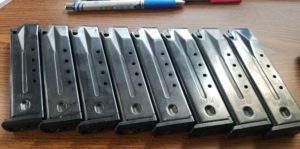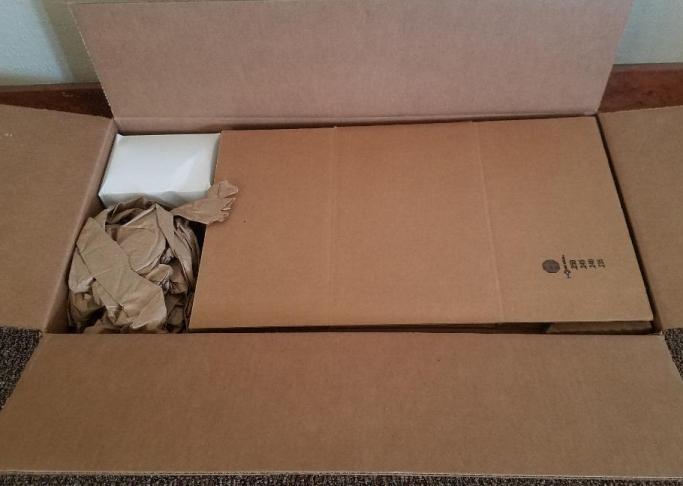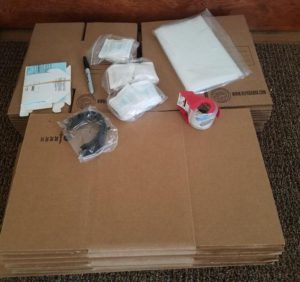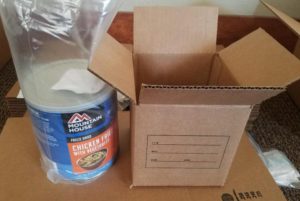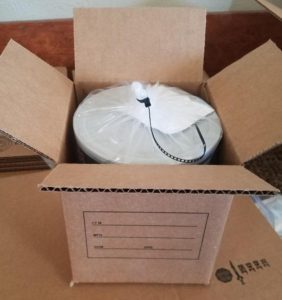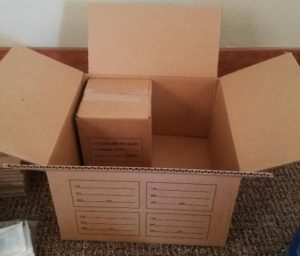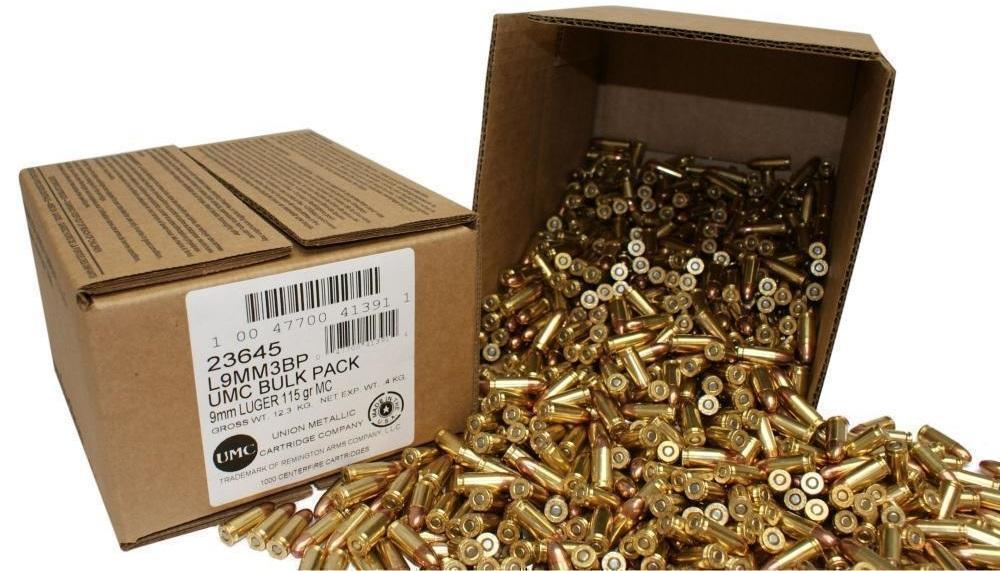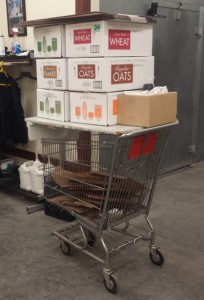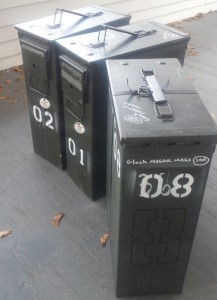Ok, Crom as my witness I am done buying Ruger P95DC’s. I unexpectedly won not one but two auctions last week. That’s a pretty hard punch to the wallet to roll with. So….no more. Done. Finito. Inventory says I’ve got.. well…a bunch. Since my policy is usually to never sell a gun except to purchase another one, I suppose I should remove some of the P89 and P95 non-decocker variants to make room for the two on the way.
In my defense, though, the last one I purchased for $200 plus shipping was virtually untouched, with box and docs:
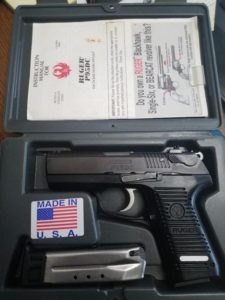 For a pistol platform that is a tertiary level of backup, I really might have gone overboard. But…a quality, reliable, inexpensive, and somewhat semi-disposable handgun is really not a bad thing to have squirreled away for that Rainy Decade. And, quite honestly, for $200 I cannot fathom a better handgun choice….certainly it is leaps and bounds a better choice than any -arov handgun, and it certainly beats, IMHO, a HiPoint. Remember, guys – after the end of the world there will be no award handed out for the person who managed to make it through the apocalypse with the cheapest gear. Yeah, you could go through Katrina with a Mosin-Nagant and a Makarov…. but why would you? Anyone whose aspirations exceed working as a WalMart greeter can come up with better materiels than that.
For a pistol platform that is a tertiary level of backup, I really might have gone overboard. But…a quality, reliable, inexpensive, and somewhat semi-disposable handgun is really not a bad thing to have squirreled away for that Rainy Decade. And, quite honestly, for $200 I cannot fathom a better handgun choice….certainly it is leaps and bounds a better choice than any -arov handgun, and it certainly beats, IMHO, a HiPoint. Remember, guys – after the end of the world there will be no award handed out for the person who managed to make it through the apocalypse with the cheapest gear. Yeah, you could go through Katrina with a Mosin-Nagant and a Makarov…. but why would you? Anyone whose aspirations exceed working as a WalMart greeter can come up with better materiels than that.
If someone I cared about showed up on my doorstep with not much more than the clothes on their back, I like to think I’d be able to gear them up in a manner that would not embarrass or shame me.Guns such as this one allow me to do just that. On the other hand, I have, literally, no people I am close to who do not already have enough guns in their own stashes to do this sort of thing. But Fate is a fickle and unpredictable thing…so you never know.
Is this a likelihood? Probably not. But I feel better when I have extra guns in the safe, and (normally) I can afford to pick them up every once in a while. And, like the stash of freeze drieds, a couple of these will get packaged for the Deep Sleep and wind up at the Beta Site. Since these stupid things are, relatively, so cheap it isn’t like there’s a tremendous opportunity cost.
Overkill? Meh…maybe. But I think differently about these sorts of things than most humans. I tend to overthink things. For example, if I have a friend or relative that I visit out of state, I can afford to stash one of these there for my use while I’m there and not have to deal with the hassle of flying with a pistol.
My reckoning says I’ve about 25 years left on my meter, and if I were unable to buy any more guns after tomorrow I think I’d be pretty okay…not happy…but okay.
The good news for you? You guys will no longer be bidding against me on GunBroker for these things.

